
Welcome to the Knowledge Hub

Charging an EV
TAKE CHARGE OF CHARGING
First time charging an electric vehicle? It might seem a little daunting at first — but like most things, it’s simple once you know how. Our Ultimate Charging Guide takes you through each step clearly and confidently, so you can get plugged in and on your way with ease.
BEFORE YOU BEGIN

You’ll need:
- A Europcar Electric Vehicle
- Your Type 2 cable (found in the boot of the car)
- Access to a public charger
- A contactless card or a charging app (like Electroverse, BP Pulse, Shell Recharge, Ionity etc).

Top Tip:
Plan your charge stops using apps like Electroverse.
Their unique filtering enables you to find the nearest chargers with live availability, compatibility, charging speeds and costs.
STEP #1 – LOCATE & OPEN THE CHARGE PORT
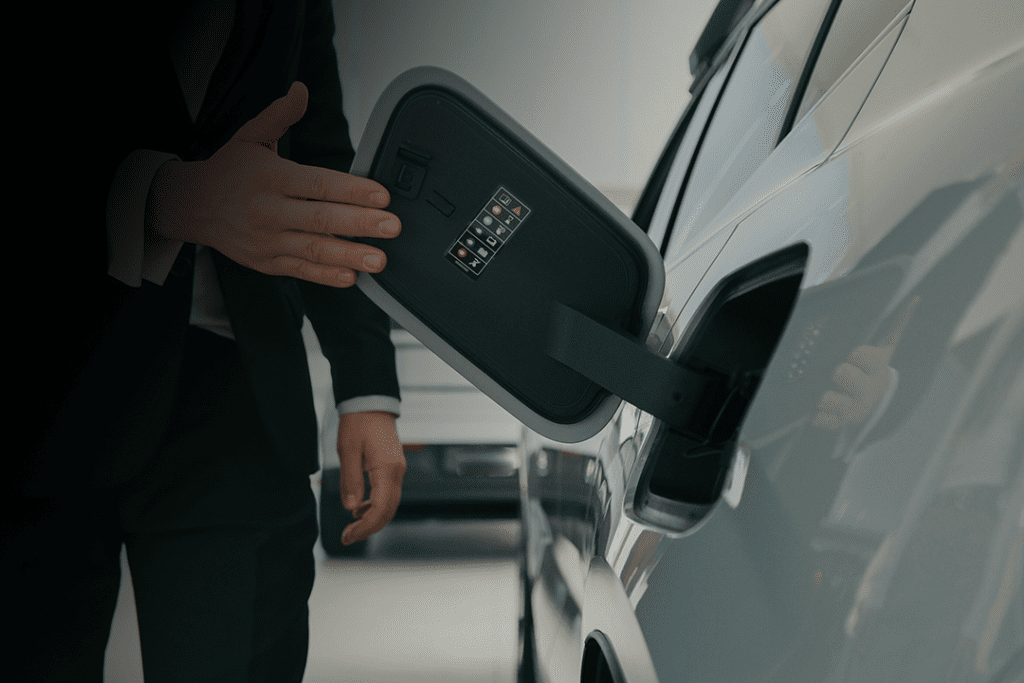
TO OPEN THE PORT:
- Ensure the vehicle is unlocked.
- Press the flap on the charging port and release — it will pop open.
- Inside you’ll see one or two rubber or plastic covers protecting the sockets. These may pull straight out, or have small release levers on either side.
- Remove the covers to reveal the combined charging port.

The top half is a Type 2 connector – used for fast AC charging.
KNOW YOUR SOCKET:
It’s important you know what you’re looking at! Under the covers you’ll find the combined charging port.

The lower section, combined with the upper, forms the CCS connector for rapid DC charging.
STEP #2 – CHOOSE THE RIGHT CHARGER & CABLE

Charger types:
EV chargers come in two main types — fast and rapid — and the one you choose depends on how quickly you want to charge and what’s available nearby.

Top Tip:
If you’re in a hurry, head to a rapid charger and use the CCS cable. If you’re parked for a while, a fast charger with your Type 2 cable does the job perfectly.
| Charger Type | Connector | Cable Type | Common Locations | Best Used For… |
| Fast Chargers (AC) | Type 2 | Likely to be untethered – use your Type 2 cable (in the boot) | Hotels, supermarkets, car parks | Top-ups over longer stops (1-6 hours depending on charger speed) |
| Rapid / Ultra-Rapid (CD) | CCS | Untethered – the cable is attached to the charger | Motorway services, forecourts, retail parks | Quick top-ups, typically adding 80% charge in 30-40 minutes |
STEP #3 – PLUG IN & START CHARGING
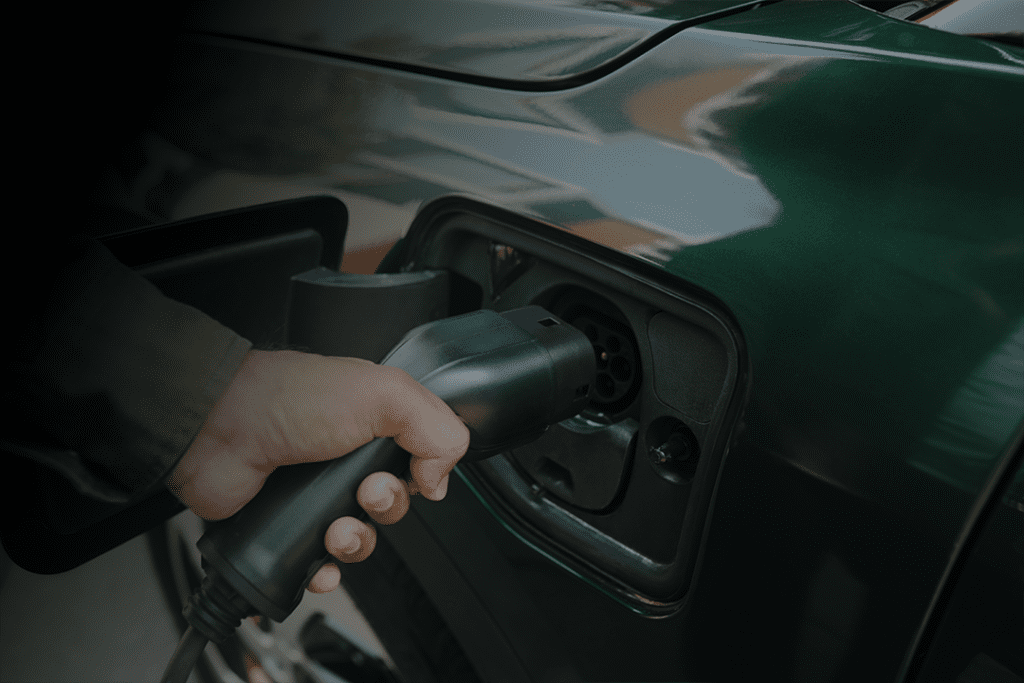
Once you’ve chosen the right charger and cable:
- Plug in the connector firmly until it clicks
- Use a Type 2 cable (yours or tethered) for fast AC charging. Read more here for how to use your own cable.
- Use the tethered CCS cable for rapid DC charging

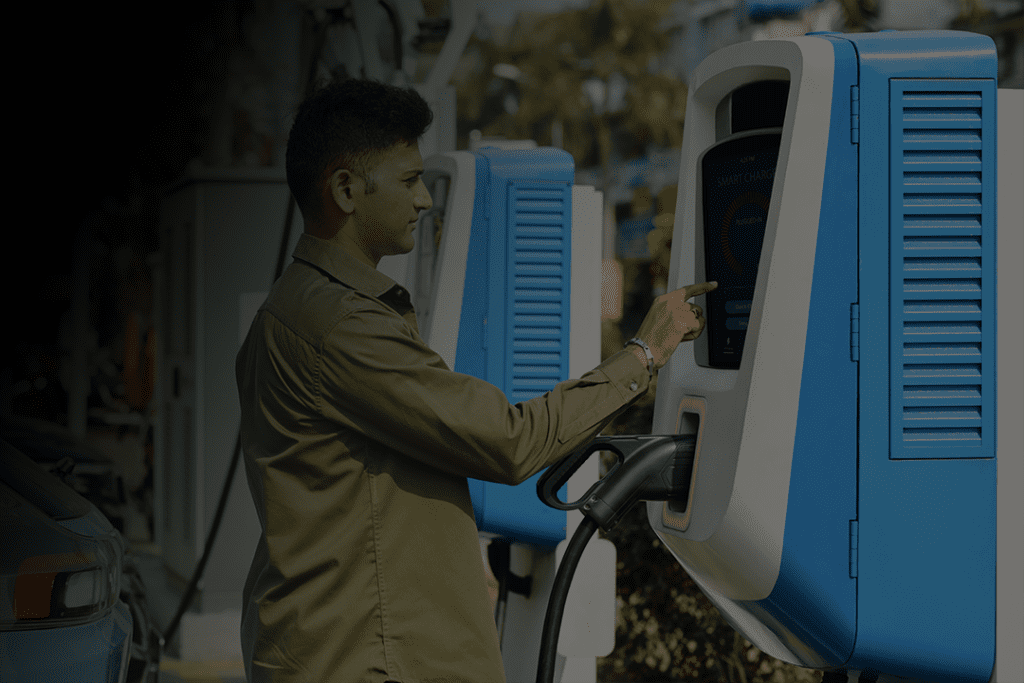
Authorise charging:
- Follow the on-screen instructions at the charger, or use Electroverse’s step-by-step guide to start charging from your phone.
- Tap your contactless card, or start the session via a charging app (e.g. Shell Recharge, BP Pulse, Ionity, Electroverse)
- You may need to select the connector type and press ‘Start’

STEP #4 – CHARGE!
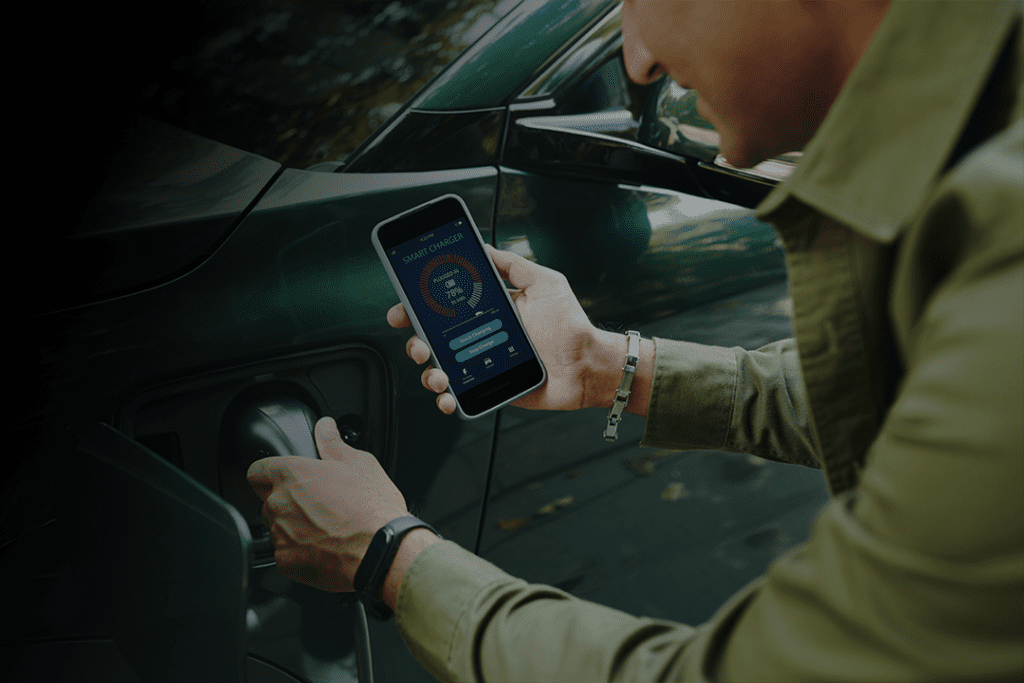
- Charging progress is shown on the charger’s display, your vehicle dashboard, or in the charging app (if you’ve used one).
- On some Europcar EVs, LED lights around the charge port indicate battery level in 25% increments.
- Charge for however long you need, but be aware of charge speeds and costs per kW.


STEP #5 – FINISH & UNPLUG
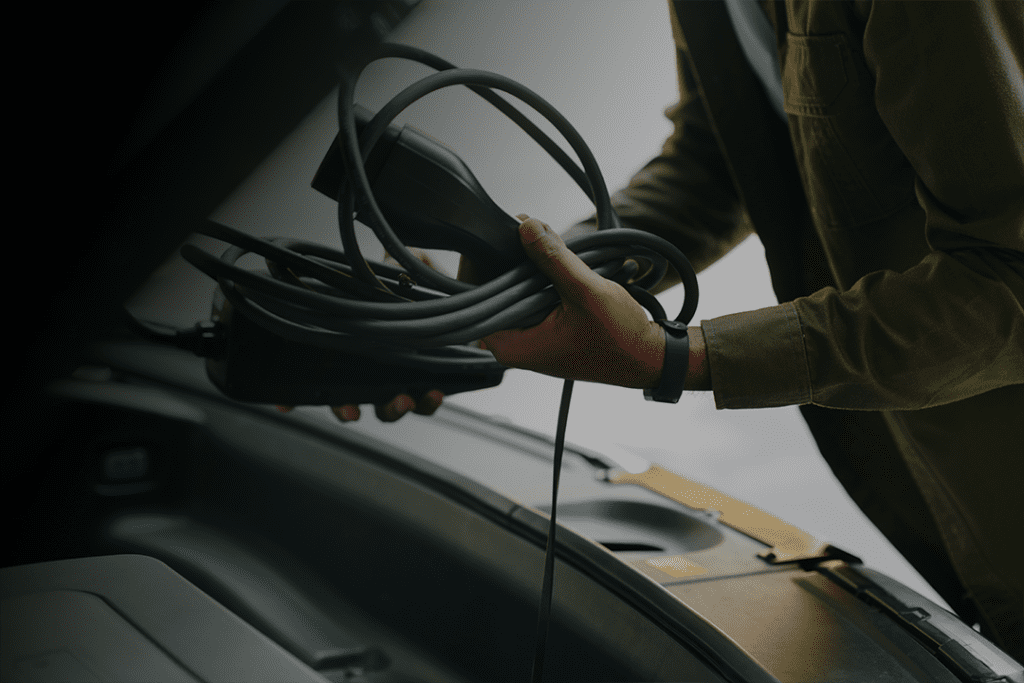
When you’re ready to go:
- Unlock the vehicle using the key fob — this usually releases the cable lock. Some vehicles may require you to press a release button on the charge port before removing.
- Unplug and return the cable:
- If tethered, place it back in the charger holster.
- If using your own Type 2 cable, stow it in the boot.
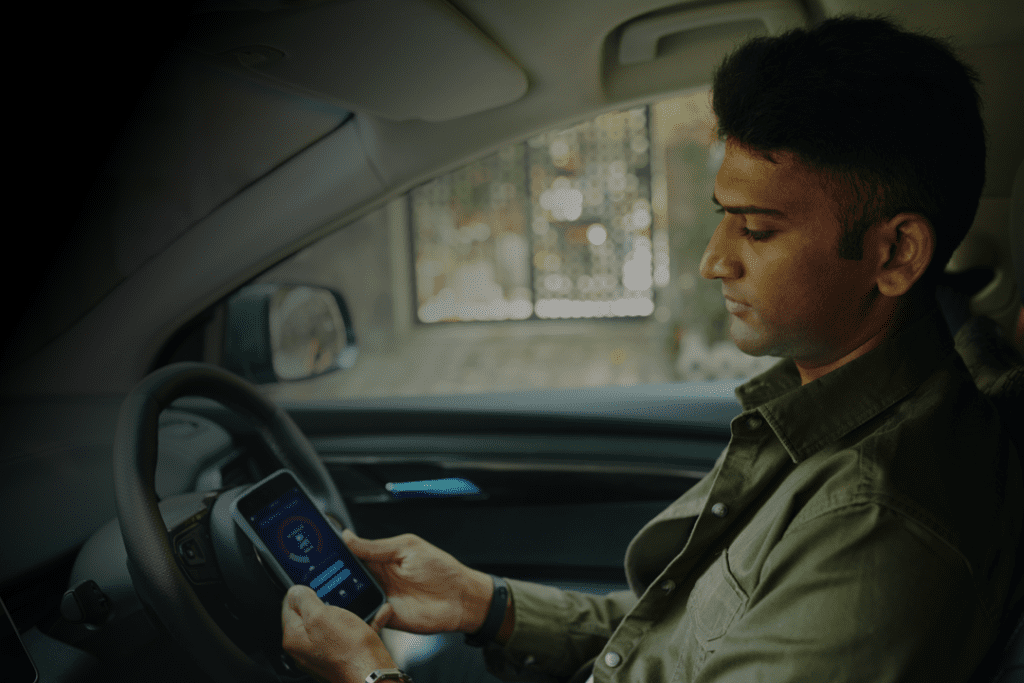
To stop charging at any time, either:
- Unlock the vehicle and unplug, or
- Press ‘Stop’ on the charger screen, if shown.
- There’s no need to charge to 100% unless you’re planning a longer journey — most day-to-day driving requires far less.
CHARGE TYPES EXPLAINED
Remove the fear factor with our quick guide to socket and charging types.
Get Up To SpeedWHAT IS RANGE ANXIETY?
Scared of running out of juice? Rid yourself of range anxiety with our practical tips.
Learn More
Stay charged wherever you go

Europcar recommends Electroverse to search for EV charge points and plan your EV journeys
With the widest choice of charging options in the UK, Electroverse gives you access to an inspiring community of EV drivers – and provides peace of mind when out and about in your EV.

